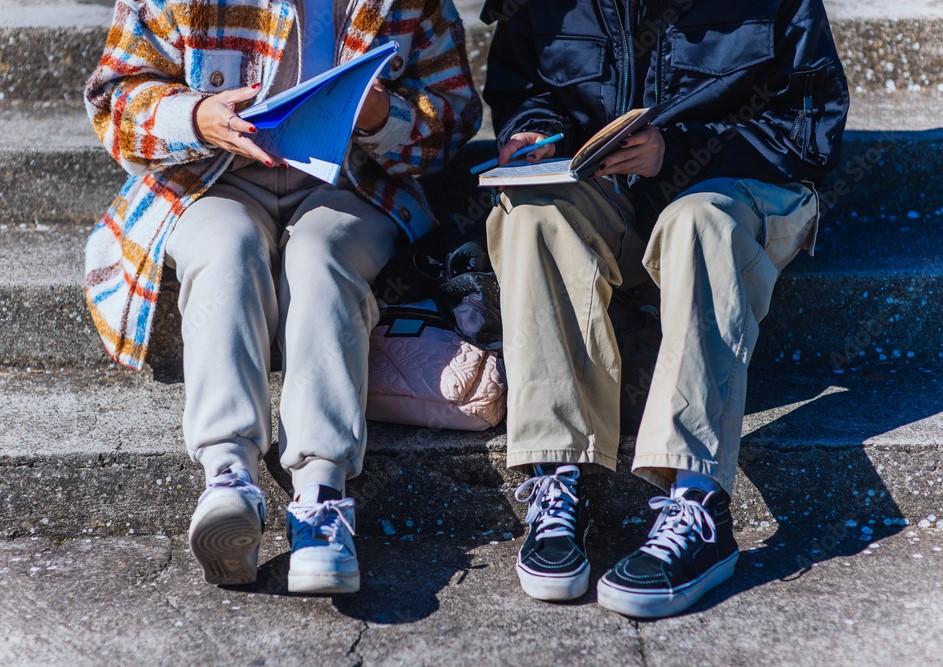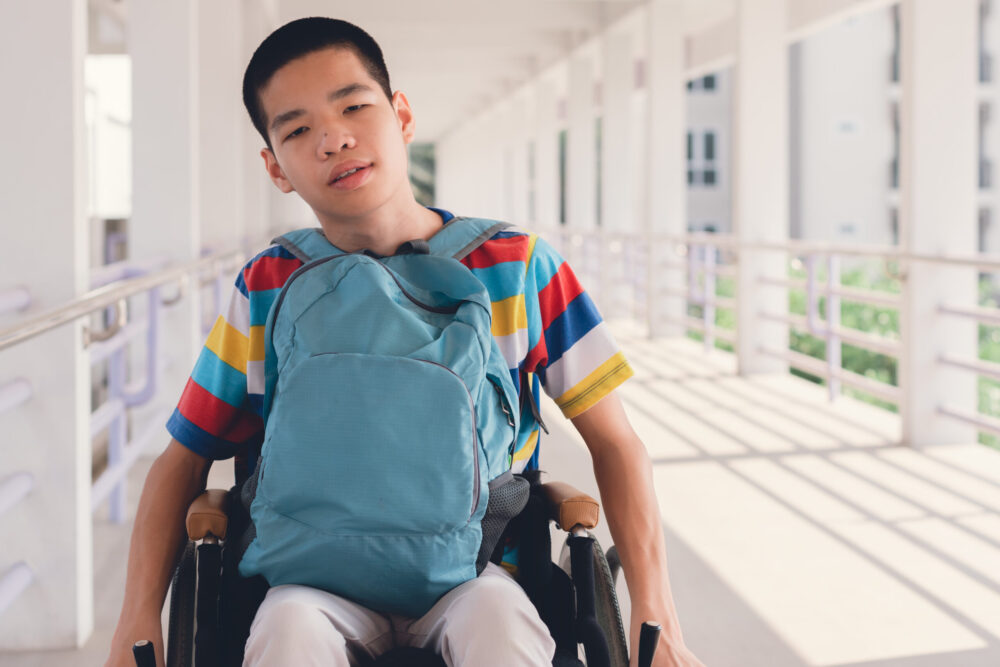City Budget Priorities for Fiscal Year 2026
The Fiscal Year 2026 budget must sustain important education programs funded with one-year city dollars and make additional investments to address pressing needs.

We are pleased that the Executive Budget restores funding for 3-K and preschool special education classes, community schools, the Mental Health Continuum, restorative justice, and other key programs currently supported by expiring one-year city funds. We urge the City to go further and baseline funding for important programs currently restored for FY 2026 only: summer programming ($80M), Learning to Work ($31M), Promise NYC ($25M), restorative justice ($6M), the Mental Health Continuum ($5M), early childhood education outreach ($5M), and immigrant family outreach ($4M). The City should also extend and baseline funding for Student Success Centers ($3.3M), which were left out of the Executive Budget entirely and are at risk of being rolled back or eliminated as soon as July.
While ensuring that existing initiatives remain funded at their current levels is important, simply maintaining the status quo is not sufficient, given the pressing unmet needs we see on the ground in our work with families every day. We urge the City to keep moving forward and make the following targeted investments to address outstanding needs.
-
Provide preschoolers with disabilities with the evaluations, services, and classes they need ($70M) and extend enhancements of the recent early childhood labor agreement to staff at preschool special education programs at CBOs.
Parents know that the preschool years provide a critical window for addressing developmental delays, but thousands of them hit a wall when trying to secure the most basic services for their children. Forty-five percent of preschoolers with IEPs—more than 14,400 children—ended the 2023–24 school year without ever receiving at least one of the types of services the City was legally required to provide. This year, we have continued to hear from numerous families whose preschoolers are waiting for their services to begin, as well as families unable to get an appointment for a preschool evaluation in the first place. In fact, as of March 2025, more than 600 children were waiting for seats in their legally mandated preschool special education classes and more than 7,900 preschoolers with IEPs were waiting for at least one of their legally mandated part-time services, like speech therapy or counseling, to begin. More than half of those children—4,500 preschool students—were receiving none of their mandated services at all. In addition to the harm to children, we have seen the emotional and financial toll placed on families struggling to remain in the City and get their children the help they need.
We appreciate that the City has baselined $55M to maintain the new preschool special education classes that opened this year. However, as the City Council noted, this investment “leaves out necessary funding for special education services required by law for children in general and integrated classrooms.” The funding is not sufficient to meet the need for evaluations, services, and classes.
The City must address these legal violations and ensure young children with disabilities and their families are not left waiting for the help they need. The City should invest and baseline at least $70M to provide preschoolers with evaluations, services, and classes by taking steps such as launching more NYCPS evaluation teams; hiring more Committee on Preschool Special Education (CPSE) staff to help parents with the evaluation and Individualized Education Program (IEP) meeting process; hiring more NYCPS service providers and teachers; and allocating funding to NYCPS Pre-K Centers and schools with 3-K and Pre-K programs so that young children receive their special education services where they go to preschool.
In addition to this investment, the City should extend the enhanced provisions of the early childhood education labor agreement reached this fall to staff at preschool special education programs at community-based organizations. While AFC has no vested interest in teacher compensation, we are very concerned about the implications of returning to a system where preschool special education teachers are the lowest paid teachers in New York City, despite working with children with some of the most intensive needs—including children with severe autism, serious medical conditions, or significant behavioral needs—and doing so over the twelve-month school year. Continuing to exclude teachers of preschool special education classes from the agreement will likely result in teachers leaving for higher paid jobs, classes closing, and even more children sitting at home in violation of their legal rights.
As recently recommended by more than 80 organizations, the City should invest and baseline at least $70M to address the systemic failure to provide preschoolers with disabilities with the evaluations, services, and classes they need and should extend the enhancements of the recent early childhood labor agreement to staff at preschool special education programs at CBOs to help address the shortage of preschool special education classes.
-
Expand access to one-on-one or small group support for students who need more help learning to read ($17.5M).
Far too many NYC students struggle to become skilled readers: less than half of all students in grades 3–8, including only 37% of Black and Hispanic students and 21% of students with disabilities, are reading proficiently, according to the 2024 State tests. In 2023, the City launched NYC Reads, an ambitious effort to overhaul reading instruction, beginning in grades K–5. This initiative, which has now rolled out Citywide, requires each community school district to choose one of three pre-approved reading curricula to use in all its elementary schools; in the past, individual schools had free reign to choose their own curricula, resulting in widespread use of ineffective programs. While there is still much work to do to help schools implement new curricula to their maximum effectiveness, including continuing the job-embedded training critical to the initiative’s success, NYCPS must also prioritize improving systems of support for struggling readers. Even when core instruction in the early grades is strong, there will always be a subset of students who need more individualized attention and targeted instruction. At AFC, we continue to hear from families of students across grade levels who have dyslexia or other reading difficulties and have been unable to access the help they desperately need. Often, we need to take legal action to help them obtain intensive private tutoring due to difficulties finding effective reading interventions in the public schools.
Building a robust system of intensive intervention and support for students struggling with reading is a necessary piece of the puzzle. While some schools have already started offering evidence-based reading interventions that align with the approved core reading curricula, many others need to buy new materials and train educators in delivering the new programs. In addition, schools must have sufficient staff capacity to provide intervention to all students who need it. While schools receive a yearly allocation for Academic Intervention Services (AIS), these funds are rarely sufficient to hire a full-time staff member and must cover intervention in both reading and math. In fact, there are almost 500 schools that each received less than $15,000 this year for AIS. Increasing that allocation and providing additional money for curricular materials and training would help schools ramp up to address the needs of struggling readers.
The City should invest and baseline at least $17.5 million to help schools deliver one-on-one or small group intervention to more students who need extra help learning to read.
-
Enhance services at school-based mental health clinics ($3.75M).
Children are facing a well-documented mental health crisis. School-based mental health clinics (SBMHCs) provide on-site mental health services to children during the school day, including psychiatry, medication management, family peer support, youth advocacy, and counseling. SBMHC staff work closely with school staff to identify children in need and coordinate services. SBMHCs work to engage the whole family and can serve family members at their community location. SBMHCs provide crisis mental health services, helping to ensure children receive a supportive response when they are in need and reducing the use of suspensions and punitive disciplinary measures.
Currently, most funding for SBMHCs comes from Medicaid, which does not adequately cover the range of supports and services that students and school communities need. Supplemental funding is needed to provide additional services, such as consulting on specific behavioral supports for classrooms, working as part of a school’s crisis response team, providing support to the full school staff on behavior support, and being on call to de-escalate crises.
Providing existing school-based mental health clinics with supplemental funding to help fill this gap would allow clinics to better integrate into school communities and better support students with behavioral and mental health challenges. The City should invest and baseline at least $3.75M, as included in the City Council’s response to the Preliminary Budget, to provide the additional resources these SBMHCs need.
-
Increase funding for multi-faceted immigrant family communication and outreach to help meet the growing need ($3M).
This initiative strengthens New York City Public Schools’ communication with immigrant families—many of whom would otherwise be left without important information—by using local ethnic media to share school-related updates, sending paper notices to families’ homes, reaching families via phone calls and text messages, helping schools bolster their translation and interpretation systems, and collaborating with immigrant-facing community-based organizations to create and launch information campaigns. This work is currently supported by $4M in one-year city funding, and we are pleased that the Executive Budget extends this funding for FY 2026. However, given the increase in the number of newly arrived immigrant families in New York City, it is critical for this initiative to not only continue but grow stronger, particularly at a time when changes in federal policies could lead families to keep their children out of school or avoid accessing educational services for which they are eligible.
In addition to baselining the current $4M budget, the City should invest an additional $3M (for a total allocation of $7M) to help meet the growing need for translation and interpretation and to help ensure information—including information about the rights of students with disabilities—reaches families who speak languages other than English via comprehensive information campaigns.
-
Make more schools accessible to students, parents, educators, and community members with physical disabilities ($450M in capital funding over five years).
More than 30 years after the Americans with Disabilities Act (ADA) prohibited discrimination on the basis of disability, physical barriers to full inclusion remain widespread in New York City’s schools—and as a result, New Yorkers with disabilities continue to be excluded from buildings that are central to public life. In fact, only about a third of schools are fully accessible to students, teachers, parents, and community members with disabilities.
Five years ago, the situation was much worse—fewer than one in five schools was fully accessible as of the start of the 2018–19 school year—and New York City invested a historic $750 million in the 2020–2024 Capital Plan to improve school accessibility. While this funding has enabled significant progress, there is much work left to do: NYCPS itself estimated that it would take $1 billion in each of the next four five-year plans to reach “maximum practical accessibility” by 2045.
At a minimum, the City must make the investments necessary to keep pace with the work done over the past five years. The 2025–2029 Capital Plan currently includes $800 million for school accessibility projects, an amount that represents a decreased commitment to improving school accessibility once inflation is taken into account. We thank the Council for calling on the Administration to increase this investment by $450 million so that more students can fully participate in their school communities.
The City should allocate an additional $450 million—for a total investment of $1.25 billion—for school accessibility projects in the 2025–2029 Capital Plan, with the goal of making at least 45% of buildings that serve as the primary location for a school fully accessible by 2030.
Download our full budget agenda
Updated May 8, 2025
Testimony on the Preliminary Budget
Read AFC's testimony from the New York City Council hearings on the Preliminary Budget.
-
March 7, 2025
-
March 13, 2025
-
Committee on Children and Youth
March 20, 2025
Testimony on the Executive Budget
Read AFC's testimony from the New York City Council hearings on the Executive Budget.
-
May 20, 2025
-
May 22, 2025


